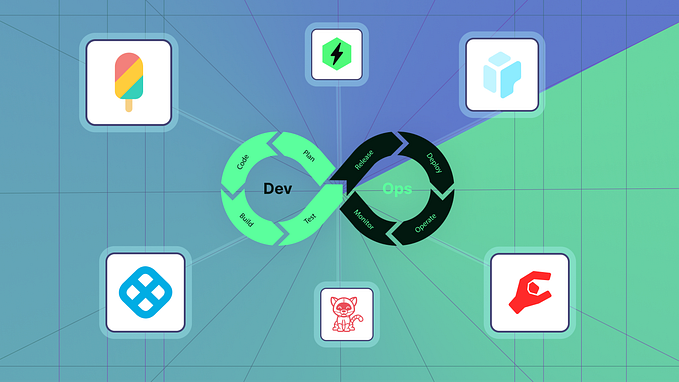Member-only story
Setting Up Distributed Tracing with OpenTelemetry, Tempo, and Grafana

In modern applications, distributed tracing provides deep visibility into how requests flow through various services in a microservices architecture. By using OpenTelemetry, Tempo, and Grafana, you can collect, store, and visualize trace data to diagnose performance issues, troubleshoot errors, and understand application behavior.
In this guide, we will walk through how to set up distributed tracing using OpenTelemetry, store traces in Grafana Tempo, store metrics in Prometheus and visualize them in Grafana. We will use k6-tracing app to generate traces.
Prerequisites
Before we start, make sure you have the following:
- Docker: For running Tempo, K6 and Grafana.
You will also need a basic understanding of Docker and how to run containers, familiarity with Observability 101.
Why Use Grafana Tempo for Tracing?
Grafana Tempo offers a cost-effective, highly scalable solution for storing and querying trace data. By using object storage instead of traditional indexing, Tempo reduces storage costs significantly and simplifies maintenance. It integrates seamlessly with Grafana, making it easy to visualize traces alongside logs and metrics for efficient…








